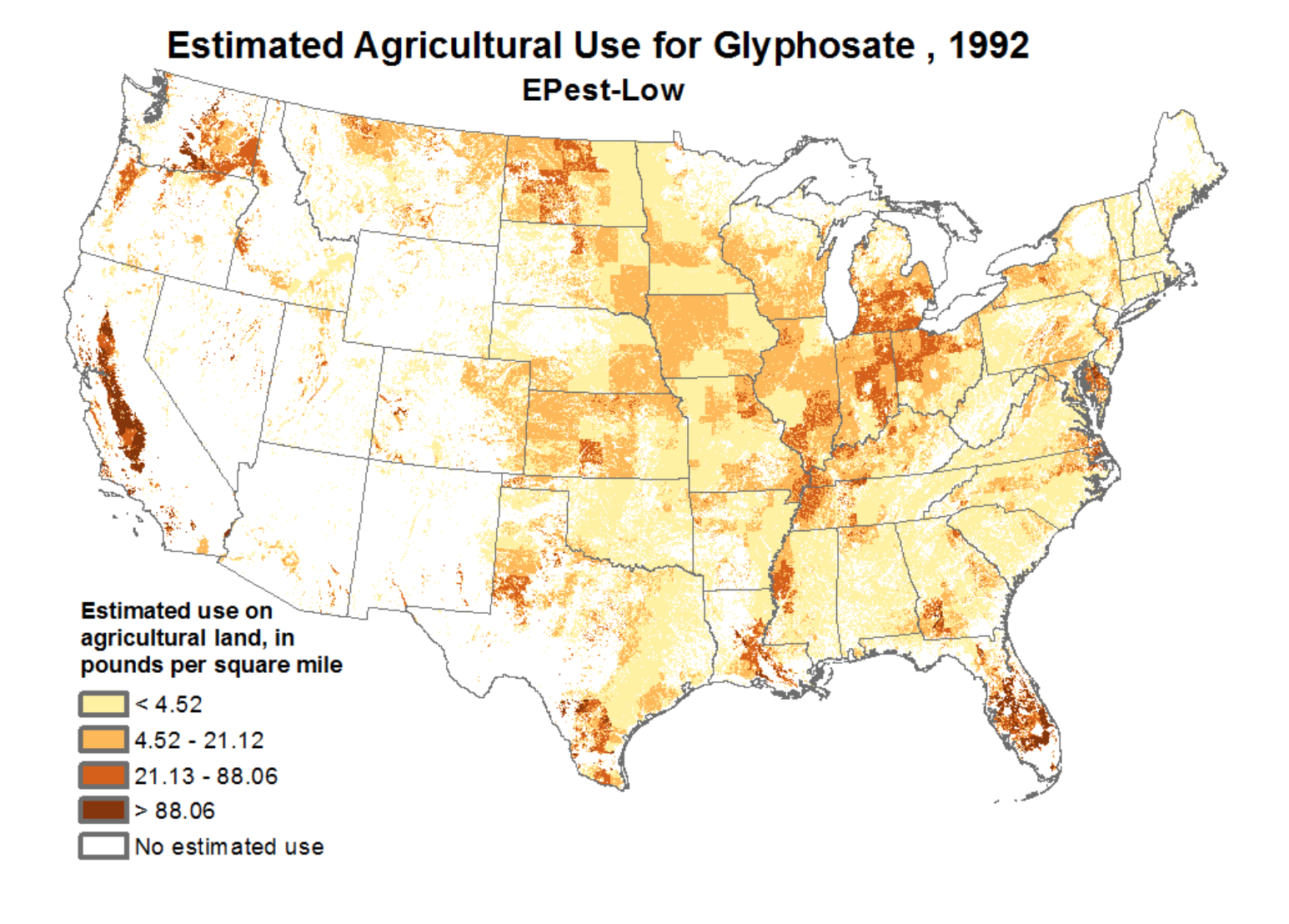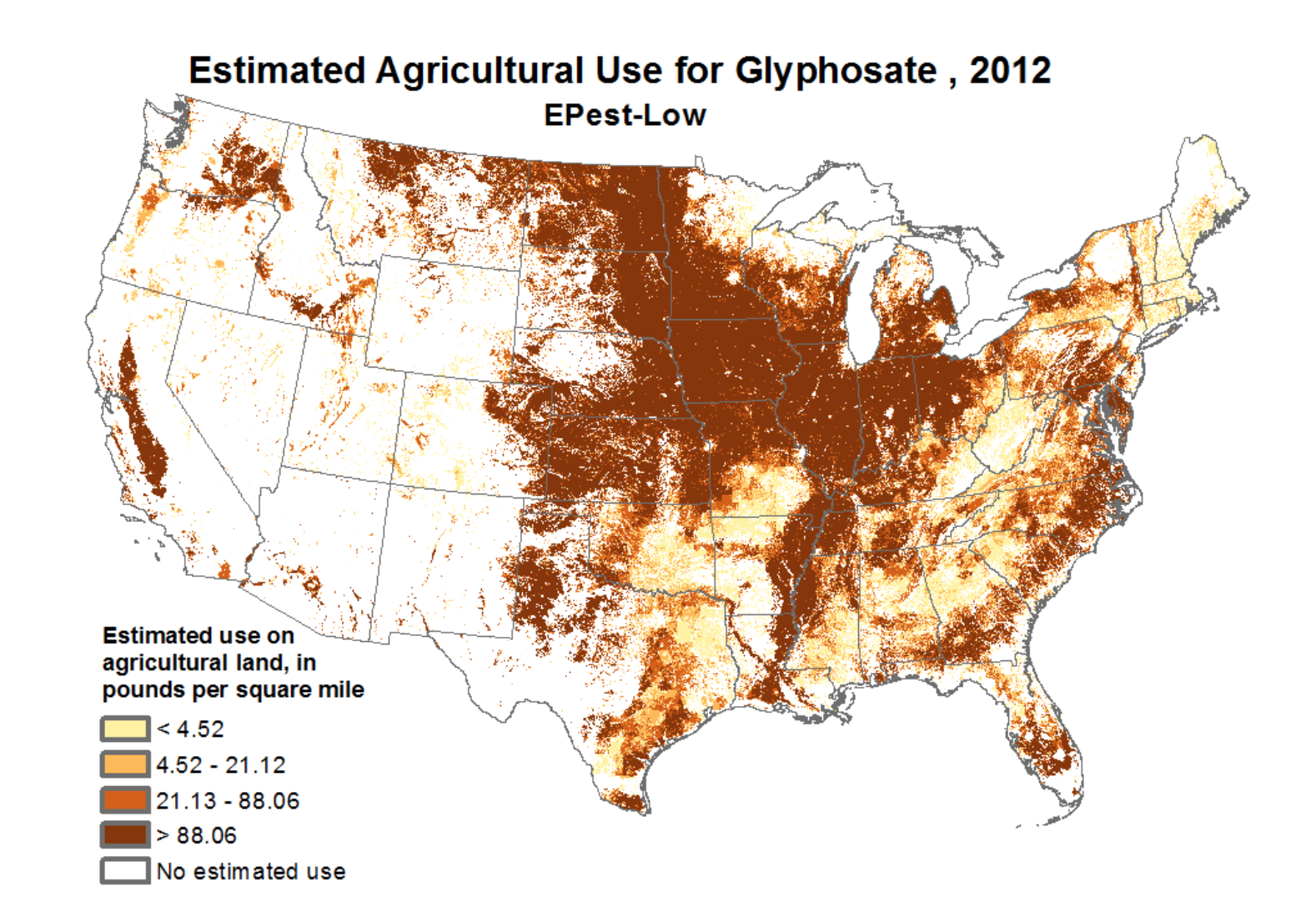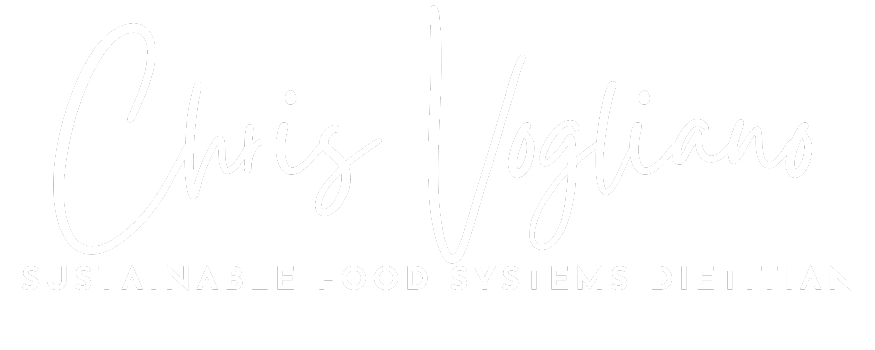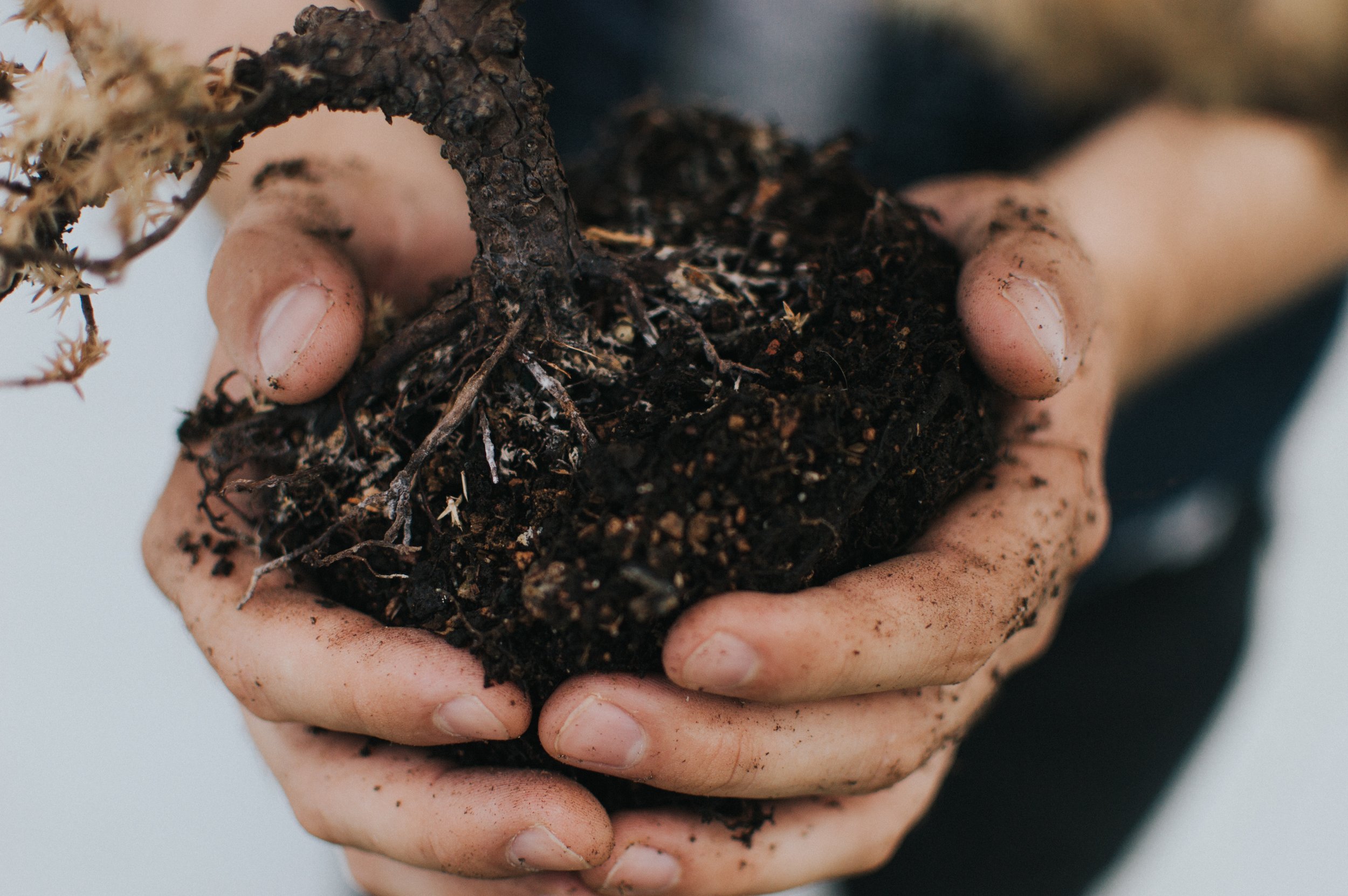The good, the bad, and the future of GMOs.
The good, the bad, and the future of GMOs. This article critically examines the current evidence of GMO technology and suggests a path forward for the technology. Our food system is the literal lifeline of the human race, and we should keep it open and transparent for all.
Love them or hate them, genetically modified organisms, or GMOs, are alive and well in our modern day food system. Some argue they are essential to solving world hunger, while others are convinced they are slowly and silently killing us.
I don't fully believe either argument... at least not yet.
What are GMOs?
There's a statement I often hear from GMO advocates stating that all foods have been genetically modified. While I agree, and this is technically true, I feel it's muddling the conversation. Genetic modification does indeed happen each time a plant or animal breeds - whether in nature or in a lab. Nature has been naturally selecting stronger genetic varieties of plants and animals since the beginning of life – a wonderful phenomenon known as evolution. Humans have learned we can speed up this natural process through techniques such as cross-pollinating or grafting.
However when discussing GMOs, most people are referring to the transgenic modification of a plant or animal. This means splicing the genes from one species to another unrelated species to produce a desired outcome. This would not happen in nature unless you’re exceptionally good at coaxing an arctic fish to breed with a strawberry.
Should we be concerned?
To date, there is no compelling evidence that transgenic GMO foods themselves are harmful to human health. This is a good thing.
However some are concerned about the ecological impact that transgenic species could have on varieties that already exist in nature. As an example, there is concern over GMO salmon escaping into the wild and breeding with native varieties, which could disrupt the wild fish ecology and aid in the collapse of fish species.
Present Day USE Of GMOs
The vast majority of GMOs in our food system are present in only a small number of crops, namely soy, corn, canola, papaya, and a few others. Corn and soy are the primary golden children when it comes to transgenic GMO crops around the world.
GMO corn and soy are designed to be 'round-up ready'. This means that these crops are designed to be coupled with the herbicide known as glyphosate (aka round-up). When sprayed with glyphosate, the GMO corn or soy lives, and all other weeds die (or are supposed to).
Glyphosate is marketed as a safe and low-residue herbicide, which is true compared to many previous herbicides. However the sheer use of this herbicide has grown an extraordinarily amount (see USDA charts below), and its use at this quantity is garnering global controversy. Round-up ready soy requires significantly more glyphosate than non-GMO varieties.


Glyphosate Controversy
It is estimated globally that we are spraying 19 billion pounds of glyphosate globally every year. If you sprayed 19 billion pounds of anything on the planet (with the exception of maybe water), it would likely cause serious detriments. Just look at fertilizers.
In 2015, a cancer research branch of the World Health Organization known as International Agency for Research on Cancer (IARC) labelled glyphosate as ‘probably carcinogenic to humans’. I was aware that this claim received heavy pushback, but I did not know the half of it.
IARC has been consistently and heavily attacked by industry for releasing their statement, which led them to publish a public monograph in response. Below are the first two lines, released in Jan 2018.
"Since the evaluation of glyphosate by the IARC Monographs Program in March 2015, the Agency has been subject to unprecedented, coordinated efforts to undermine the evaluation, the program and the organization. These efforts have deliberately and repeatedly misrepresented the Agency’s work. The attacks have largely originated from the agro-chemical industry and associated media outlets." - Read the entire monograph here.
Excuse the vulgarity, but holy shit! Industry's answer to disagreement is to legally rough-house and discredit this trans-disciplinary government health agency, rather than civilly engaging them? Not cool.
Whether or not the conclusion around glyphosate being cancer causing or not is correct, there is no reason to discredit a global health organization that is seeking to protect people's wellbeing. Bullying and intimidation do not lead to open discourse and transparency, which is desperately needed in our food system.
The next few years will surely be interesting for glyphosate:
- In 2017, The European Food Safety Authority (EFSA) announced they will classify glyphosate as non-carcinogenic.
- Conversely, California just passed legislation requiring glyphosate to be labeled “known to the state of California to cause cancer”.
- There is a lawsuit connecting this herbicide (and others) to cancer patients who developed Non-Hodgkin lymphoma during application.
- Germany's Chancellor Angela Merkel is seeking to ban the use of this herbicide.
- There is also strong evidence to show glyphosate may be causing major disruptions in our ecosystem, and creating negative long-term impacts on soil health.
So, is creating a GMO crop that is designed to be coupled with a controversial and potentially harmful chemical the path to a sustainable food system? Nature doesn't think so.
Nature's Resistance
Around the world, more and more weeds are becoming resistant to glyphosate (see chart below). This is putting its utility in jeopardy. In response, industry has now created a much stronger GMO crop known as dicamba-resistant soy. Same concept as round-up ready soy, but this time coupled with the herbicide 'dicamba'. Independent weed scientists across the country have been strongly advising against the use of this volatile herbicide, and for good reason.
During this past year's planting season (2017), millions of acres of crops were destroyed across numerous states due to dicamba application.
Farmers are furious. Some are even joining together to sue for the loss of their crops. Even crops not directly sprayed with this herbicide are often killed due to the drifting to nearby fields. Industry blames the crop destruction on improper herbicide application, while some farmers say the instructions were too difficult to understand.
Arkansas' plant board decided to ban the use of this chemical for the next growing cycle in 2018 amid concerns. This board is now under attack. Industry sued the board, and as well as every member on the board calling their decision "unlawful and capricious". Not all farmers support these restrictions and want to see the ban overturned.
Are all GMOs linked to herbicides?
Not at all.
Take papaya, a popular varietal of our favorite tropical fruit was destined for downfall due to widespread disease. A GMO variety of papaya was developed, which ultimately saved this variety from extinction. Great success story!
Sythetic human insulin used to treat diabetes also deserves a mention here. With transgenic GMO technology, insulin is able to be synthesized in a lab. This is much more practical than the previous method of extracting it from pigs and cows. Awesome!
The Golden Rice Saga
Golden rice has been the poster child for GMOs for decades. It is special because it is genetically modified to contain Vitamin A - an important nutrient that's lacking in many developing countries.
This GMO rice is often touted as the key to saving the world. It even made a debut on the front cover of Time Magazine. Celebrity status!... at least in the developed world.
Local cultures have not been quick to accept this rice, and often rejected it due to its golden color. Some communities reject the GMO technology altogether. To date, most societies have not accepted it.
The Bigger Picture
Even if golden rice was accepted, would this multi-million dollar effort solve malnutrition? Probably not.
While this approach is admirable, it's also reductionistic. Instead of trying to solve for one nutrient deficiency at a time, we should be advocating to support the production of local fruits and veggies that are naturally higher in missing essential nutrients – including vitamin A.
There's an incredible story of how researchers found a variety of banana on the islands of Micronesia that has hundreds of times more Vitamin A than a typical cavendish banana. Worth reading about!
We need to be prioritizing whole, nutrient-rich foods over single nutrients. Focusing on single nutrients is short sighted and again, reductionistic. The truth is, we don't know what the tens of thousands of phytochemicals in fruits, vegetables, legumes and whole grains do for us, but we know they are extremely beneficial to our health. We don't fully understand how fiber-rich fruits and vegetables positively impact our gut microbiome, but the evidence is strong that it does.
Rice is still rice. It's a great cultural staple and an efficient source of calories, but it is still nutrient poor. Our efforts should be focused on promoting an affordable, well-balanced, and culturally appropriate diet. Anything less is a band-aid.
So am I Anti-GMO? Not at all.
Am I concerned with how we are using some of them today? Absolutely.
Genes on the horizon
There is a new kid on the genetic modification block known as CRISPR. CRISPR is advanced technology that essentially switches genes on and off in a plant or animal to produce a desired outcome. This newer technology is much more precise and significantly cheaper. The lower price point is key, as this technology can now be utilized by a wider range of players such as universities and non-government organizations (NGOs).
I look forward to the further development of CRISPR technology and its potential to allow us to quickly adapt to climate change. For instance, researchers are trying to use this technology to create salt water tolerant and drought resistant crops. These tools can play an important adaptive role as our climate continues to change.
A project I find extremely intriguing is the C4 Rice Consortium, largely sponsored by the Bill and Melinda Gates Foundation. Here scientists are trying to make rice more efficient by maximizing the process of photosynthesis to produce more rice on the same amount of land. These seeds would not be monetized, but are open source. Producing more on less land is an admirable goal.
Final Thoughts
I am frankly tired of hearing both sides of this issue exaggerate the benefits and harms of transgenic GMO technology. They are not going to kill us slowly, and as it stands today, they are not saving the planet from eminent destruction.
They can however, if used appropriately, be an important tool in helping to adapt our agriculture system to the changing climate. I’d love to see the future of GMOs be used to support the natural biodiversity and promote a climate-smart, sustainable food system that isn't as reliant on pesticides or herbicides.
There’s a massive lesson to be learned by industry and pro-GMO advocates. Building consumer trust is key. Trying to push GMOs behind the public’s back failed miserably. Had industry led with science and transparency, I truly feel we wouldn’t be having this conversation today.
Moving forward, we need to stop bullying and shaming each other for opposing views and find common ground. This bullying needs to stop from both sides (looking at you, Natural News...). It is extremely important for scientists, the public, and industry to play fair, rely on science, and remain transparent about new technologies that affect our food system.
Our food system is the literal lifeline of the human race, and modifying it should not happen behind closed doors or without public consent.





